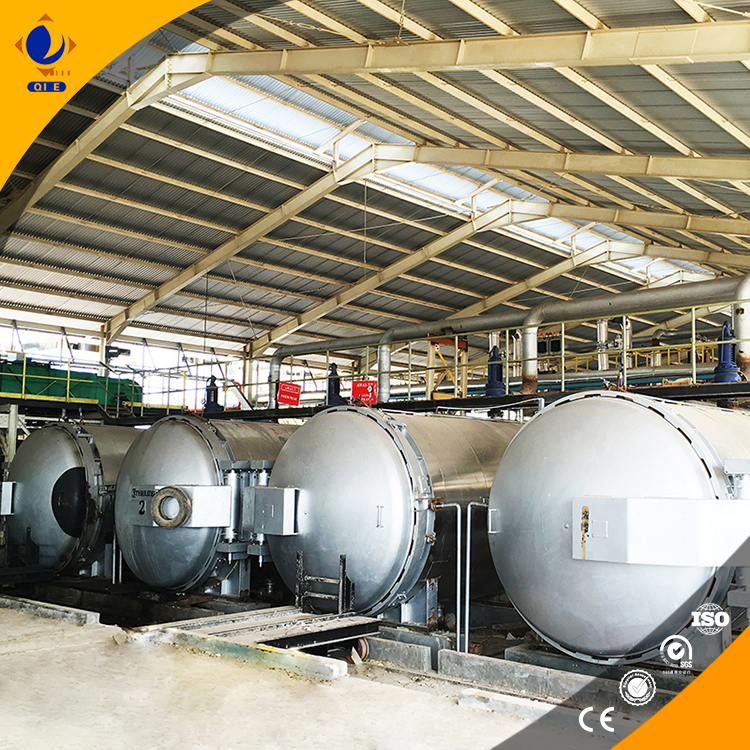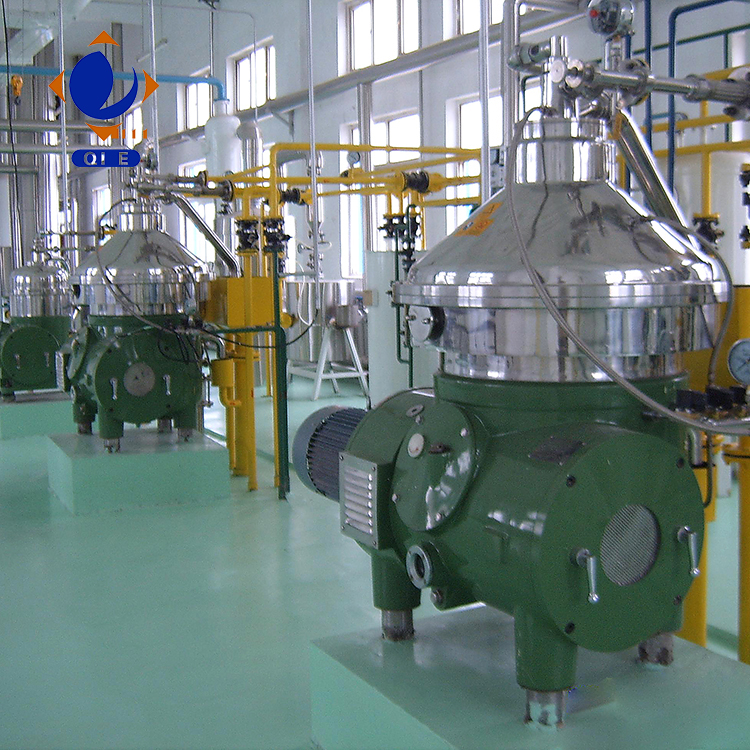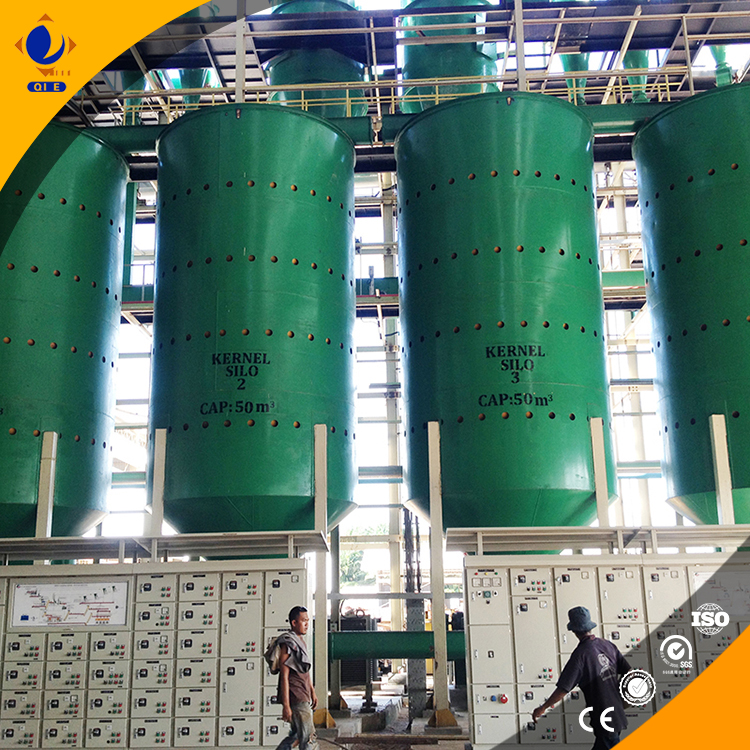
The palm oil industry increasingly relies on advanced automation to meet rising demand, optimize production efficiency, and pursue sustainable operations. Central to this transformation is the integration of PLC-based control systems, industrial sensors, and remote monitoring technologies within palm oil pressing production lines. These solutions enable precise feeding control, stable pressing processes, and improved oil-water separation – directly contributing to stable capacity, energy savings, and risk reduction.
Programmable Logic Controllers (PLCs) form the backbone of modern palm oil processing automation. By managing logical sequences and parameter adjustments on feeding, pressing, and oil-water separation stages, PLCs ensure continuous and optimized operation. For instance, automatic regulation of feed rate and pressure helps maintain consistent throughput while preventing equipment overload. This dynamic control dramatically reduces manual intervention and variability in output quality.
A typical PLC system in an automated palm oil pressing line can adjust feeding speed within ±5% tolerance and regulate pressing pressures to optimal ranges around 15-20 MPa, ensuring maximum oil yield without compromising machinery integrity.
Critical to automated palm oil pressing lines is the deployment of industrial-grade sensors measuring pressure, temperature, and flow rate at key process points. These sensors deliver real-time data that the PLC uses to adjust operating parameters or trigger alarms for deviations.
Beyond process control, sensors enable early fault detection and facilitate preventive maintenance schedules. For example, monitoring temperature spikes in pressing chambers can prevent equipment damage and minimize downtime. Flow sensors ensure optimal hydraulic fluid delivery, directly influencing oil extraction efficiency.
Industry benchmarks show that well-configured sensor arrays combined with predictive analytics reduce unplanned shutdowns by over 40%, translating into significant cost savings.

Case studies of medium-sized palm oil mills adopting full-line automation highlight meaningful improvements:
| Performance Metric | Before Automation | After Automation |
|---|---|---|
| Stable Production Capacity (tons/day) | 30-35 | 45-50 (+40%) |
| Steam Consumption (kg/ton oil) | >350 | <300 (-15%) |
| Electricity Usage (kWh/ton oil) | ~30 | 22 (-27%) |
These data points confirm how automation optimizes both resource consumption and output consistency, supporting environmental sustainability goals alongside profitability.

Small and medium-sized palm oil enterprises face particular challenges in upgrading automation, including budget constraints and limited technical expertise. Selecting equipment with modular PLC platforms and standardized sensor interfaces simplifies integration and future scalability.
Additionally, partnering with experienced system integrators ensures that automation architecture aligns with plant-specific workflows. Emphasizing operator training in PLC programming adjustments and sensor diagnostics is equally vital to sustain long-term performance improvements.

By adopting these strategies, SMEs can transform operations, mitigating downtime risks and achieving a greener, more efficient production footprint.
Unlock the full potential of your palm oil production line with Penguin Palm Oil Pressing Production Line Solutions — delivering high-efficiency stability, green energy savings, and worldwide support to ensure your sustainable growth journey.

